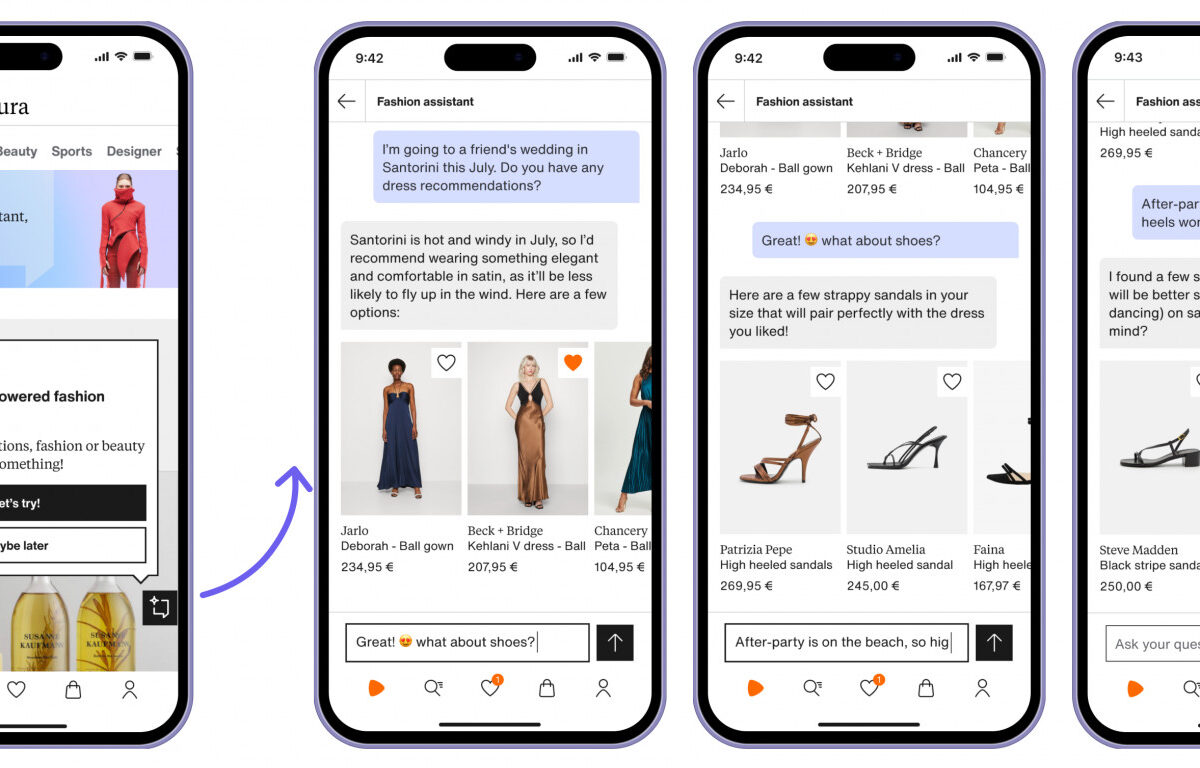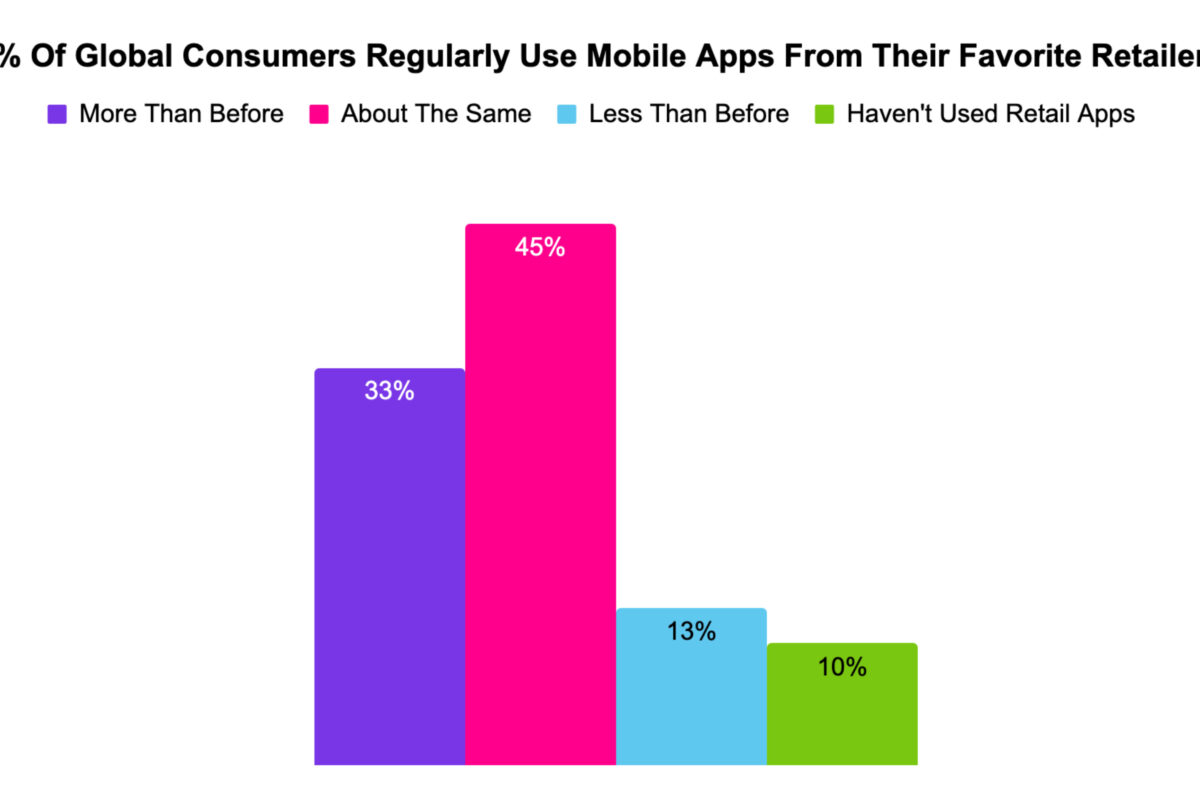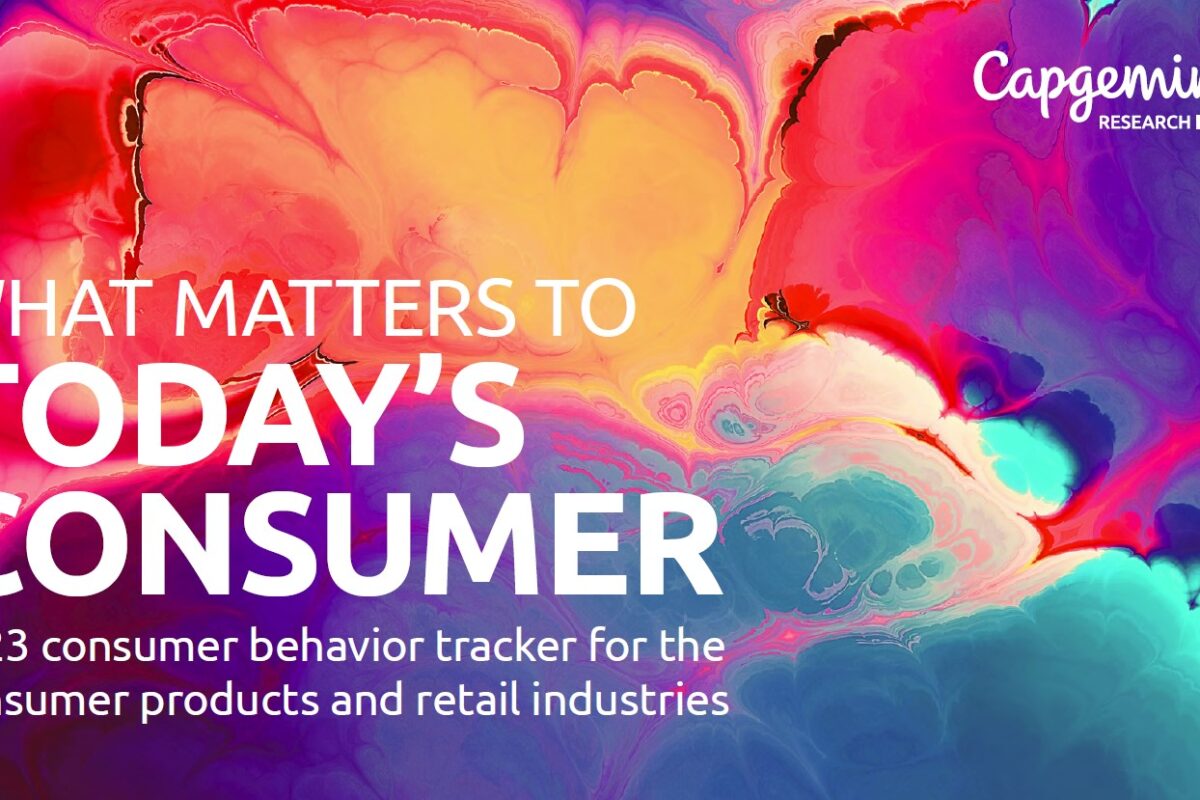Shoppers are up to one-third more likely to shell out for the premium option when the extra cost is expressed as an add-on, as opposed to a higher overall price, according to new research from the UBC Sauder School of Business.
The study, published recently in the Journal of Marketing Research, is the first of its kind to examine the effect of add-on pricing on product upgrades. The researchers say consumers could benefit from this research by being more aware of how pricing may influence their shopping decisions.
“Imagine booking a plane ticket – comparing a ticket that is $200 when it involves a two-hour layover with a ticket to fly direct for $250. Put another way, a regular ticket is $200, but upgrading to a direct flight costs $50 more. Which option is more appealing?” asked David Hardisty, study co-author and assistant professor of marketing and behavioral science at UBC Sauder.
The answer boils down to dollars and cents, said Hardisty. Consumers perceive $250 as expensive because the number is higher than the base price of $200, whereas $50 as an add-on price seems inexpensive.
“When you see ‘$50 more’ as an add-on price, it’s a smaller number than the total, and we focus on that smaller number,” said co-author Dale Griffin, professor and advisory council chair in consumer behavior at UBC Sauder. “Mathematically, the prices are the same, and on consideration we can see that, but intuitively add-on prices just feel less expensive.”
The researchers found this effect applied whether participants were being asked to donate to a local food bank, buy a computer monitor, choose an external hard drive or even order breakfast. They also observed this effect when reminding consumers of the final price of their purchase, suggesting that the shift in preference does not occur because of deception or confusion, but rather because of how people justify their purchase decisions. However, the effect only occurs with pricing, not with other kinds of product upgrades. For example, if shoppers are looking at a two-terabyte hard drive, a four-terabyte hard drive is no more appealing than one that is presented as “two terabytes more.”
The information could prove invaluable to retailers and other businesses who provide “premium” products and services. “Businesses typically earn higher margins on more expensive products, so it would be good for them to use the add-on price framing if they want to promote these kind of higher quality items,” said Hardisty.
Source: University of British Columbia





















